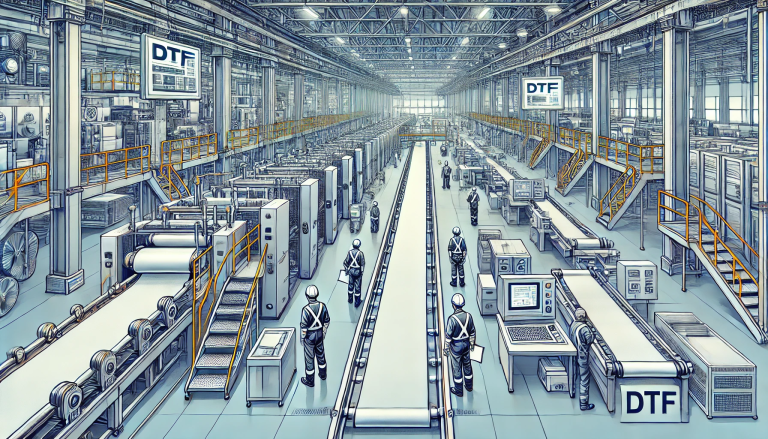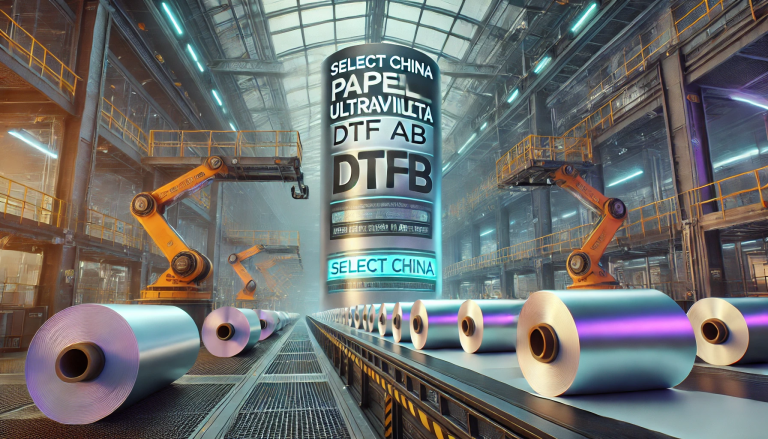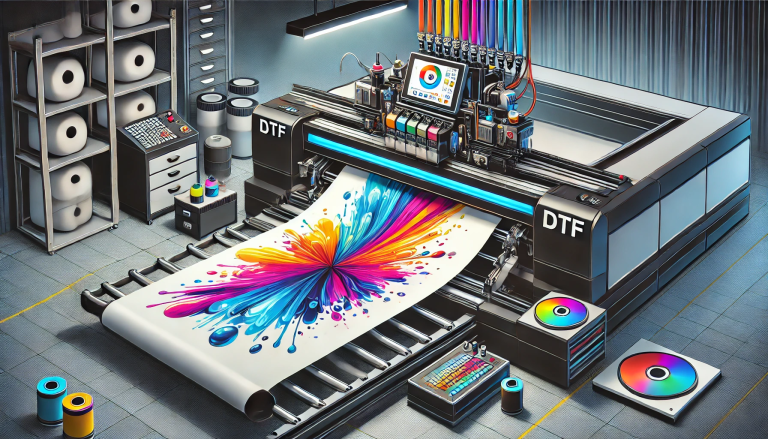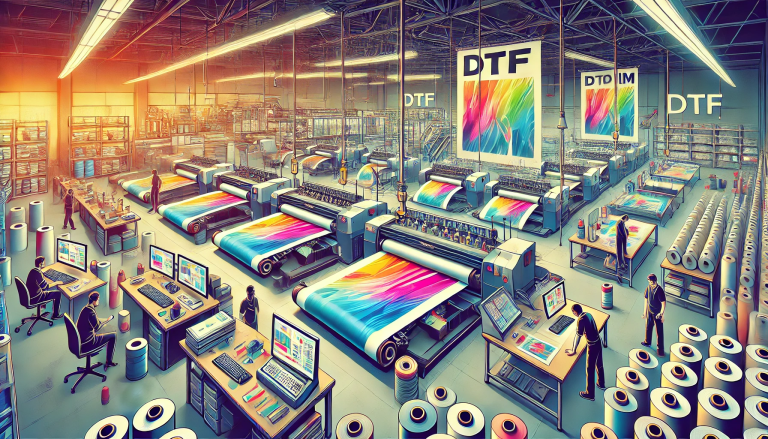Introduction
In the evolving landscape of textile and graphic printing, Direct to Film (DTF) and screen printing stand out as two prominent methods, each with its own set of benefits and preferred applications. While screen printing is a traditional and widely recognized technique, DTF is a newer technology that has gained popularity for its versatility and ease of use. Despite their common goal of transferring designs onto materials, the two processes differ significantly in terms of methodology, material compatibility, cost implications, and the quality of the finished product. This essay aims to dissect these differences to determine whether DTF can be considered the same as screen printing or if it represents a distinct departure in printing technology.
The Basics of DTF and Screen Printing
Direct to Film (DTF) Printing is a digital printing method where designs are printed onto a special film and then transferred to the fabric using heat and pressure. It involves a two-step process: first, the design is printed onto a clear film, and then it is covered with a powder adhesive. After the adhesive is applied, the design is transferred onto the fabric through a heat press. This method allows for high detail, vibrant colors, and compatibility with a wide range of fabrics.
Screen Printing, on the other hand, is a more traditional method that involves creating a stencil (or “screen”) for each color in the design. Ink is then pushed through these stencils onto the fabric. This technique is highly valued for its durability, the vibrancy of colors, and its cost-effectiveness in large runs. However, it requires more upfront setup, making it less suitable for short runs or designs with many colors.
Methodology Differences
The fundamental difference between DTF and screen printing lies in their methodologies. DTF’s digital nature means designs can be complex and colorful without impacting the cost or setup time significantly. It’s a direct process from digital design to physical product, making it ideal for small batches or custom orders.
Conversely, screen printing’s manual setup and requirement for individual screens for each color make it less flexible for designs with high detail or numerous colors. However, once the setup is complete, screen printing can produce large quantities efficiently and cost-effectively.
Material Compatibility
DTF excels in its compatibility with a broad range of materials, including those that are traditionally difficult to print on with screen printing, such as polyester, nylon, and even non-textile surfaces. This makes DTF highly versatile for various applications beyond clothing, such as accessories and promotional items.
Screen printing, while versatile, has limitations with certain fabrics and materials, especially those that are heat sensitive or have a high synthetic content. The physical nature of the ink application also means that textures and material thickness can affect the final result.
Cost Implications
The cost-effectiveness of each method varies depending on the project’s scale and complexity. DTF’s initial costs are higher due to the price of the specialized inks, films, and adhesive powders. However, for small to medium runs with complex designs, it becomes more cost-effective than screen printing due to minimal setup requirements.
Screen printing, in contrast, is more economical for large volume orders. The initial setup cost is amortized over the quantity produced, making the per-unit cost significantly lower. However, the addition of more colors increases the cost, as each requires a separate screen.
Quality and Durability
Both DTF and screen printing offer high-quality results, but with nuanced differences. DTF prints are known for their vibrant, photo-quality images with excellent detail and color gradation. The durability of DTF prints has improved significantly, but traditional screen prints still generally offer better longevity, especially under heavy wear and washing conditions.
Screen printing inks are absorbed into the material, creating a bond that is highly resistant to fading and wear. This makes it the preferred choice for items that require long-lasting durability, such as work uniforms and high-quality apparel.
Conclusion
While Direct to Film and screen printing share the common objective of transferring designs onto materials, they are fundamentally different in their approach, technology, and applications. DTF offers a modern, versatile solution for high-detail, multi-color designs and small to medium runs on a variety of materials. Screen printing remains the gold standard for large volume orders, durability, and cost-effectiveness, particularly with designs that have fewer colors.
In essence, DTF and screen printing are not the same; rather, they complement each other within the printing industry. The choice between DTF and screen printing ultimately depends on the specific requirements of the project, including the design complexity, material type, volume, and budget constraints. As the technology evolves, the gap between these methods may narrow, but for now, they each hold their unique place in the printing world, serving different needs and preferences within the market.






